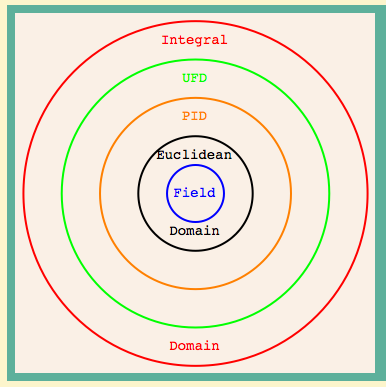I want to show you a simple concept. It has major consequences, but it starts out as a far simpler thing than it usually looks like.
I want to talk about normal subgroups. Clearly, if all subgroups were normal, we wouldn’t need to distinguish normal from non-normal… so I will have to show you a non-normal subgroup. That won’t be a problem.
Before I go into the details, let me give you the answer. Even if you know this material, the answer may surprise you.
A subgroup K of a group G is a normal subgroup of G if and only if K is the kernel of a homomorphism defined on G.
I know… I know: besides “normal”, I’ve used three other terms that I haven’t defined: subgroup, kernel, and homomorphism. If you’ve never seen this material before, you’re lost – but I can fix that.
Again, before I go into the details, let me give you the names of other things I will be talking about: fibers, left cosets and right cosets, and factor groups; I will briefly mention conjugacy classes.
My starting point will be to define a (group) homomorphism. It is just a function between groups which honors the group multiplications. (They do not need to be, and generally are not, the same operation in the 2 groups.)
Read the rest of this entry »





